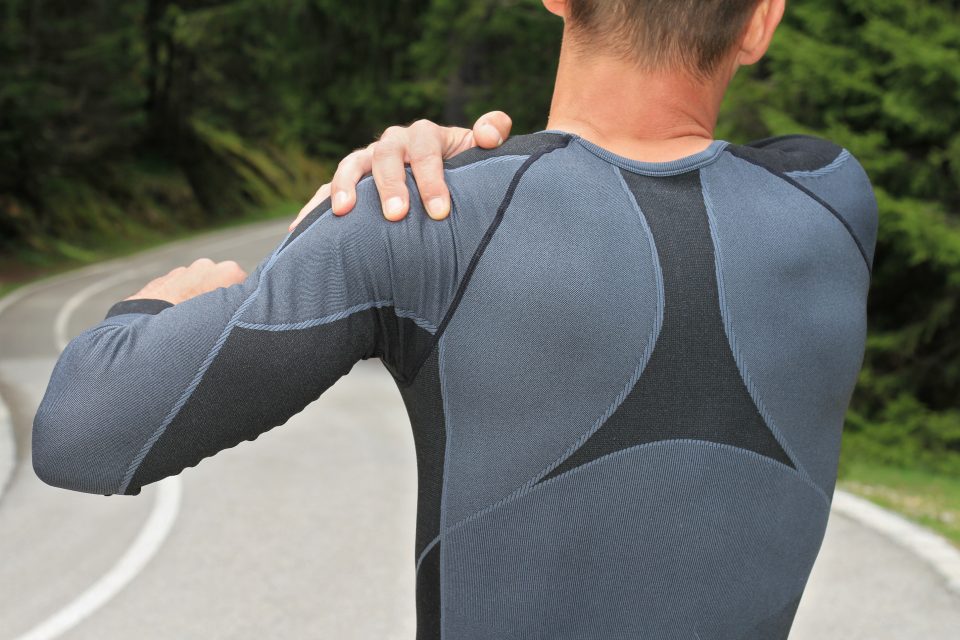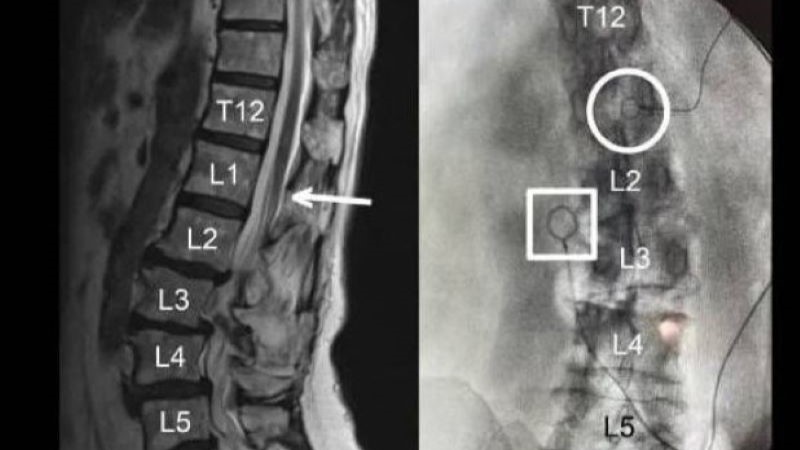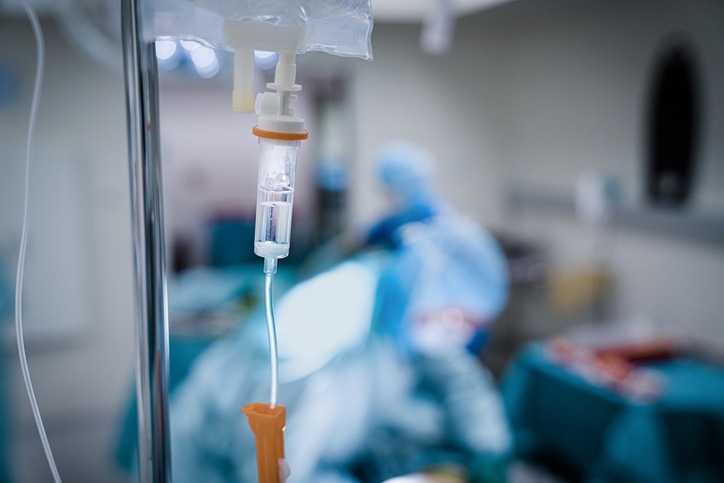
The use of stem cell therapy in promoting tissue healing is far more prevalent than the supporting data and research, as per two reviews published in the Journal of Shoulder and Elbow Surgery. In these articles, the authors review the current status of these therapeutic techniques for common shoulder and elbow injuries and discuss areas where supporting evidence may be limited.
The interest in using biologic therapies like stem cells and platelet-rich plasma (PRP) is strong in treating conditions such as osteoarthritis (OA), tendinopathy, ligament damage, and other inflammatory conditions. Despite the growing popularity of such treatments, there is ambiguity regarding which treatments work best for what conditions. Many other factors contribute to the effects these treatments will have as well, such as age, sex, medical comorbidities, concomitant medications, and genetic and epigenetic factors.
In their work, the authors review multiple biologic treatments, including PRP, bone marrow aspirate concentrate (BMAC), and mesenchymal stromal cells (MSCs) that are derived from fat tissue. They concluded that these treatments do have strong potential based on existing research, but that the clinical data available is very limited regarding their use in shoulder and elbow therapies. They name the variability and heterogeneity that exists in these treatments as a contributor to these shaky implications.
Reviewing the use of biologics in treating shoulder injuries, James B. Carr II, MD, and Scott A. Rodeo, MD, of the HSS Sports Medicine Institute at the Hospital for Special Surgery in New York, NY, evaluated the evidence regarding commonly used biologic agents in treating injuries such as rotator cuff tears, shoulder arthritis, and tendinopathy. Rodeo also works with the Weill Medical College of Cornell University, New York, NY. Rotator cuff tears are present in over 20% of the adult population, with one’s risk of developing the injury increasing with age. Shoulder OA is estimated to affect up to 33% of adults over the age of 60 as well.
“There is a critical need for strategies to improve rotator cuff tendon healing following surgical repair and for methods to reverse the progressive muscle atrophy that occurs in patients with rotator cuff tears,” explained Carr and Rodeo. “The shoulder is therefore an area in which biologic agents are especially appealing.”
Though they found these treatments have a positive outlook, they call for further research regarding dosing, scheduling, and approaches for different tissues and pathologies. They add that alterations in the FDA regulations of such therapies may be beneficial as more research emerges as well.
Another detailed review led by Jason L. Dragoo, MD, Department of Orthopedic Surgery, University of Colorado, and Molly C. Meadows, MD, Stanford University, analyzed studies that used biologic treatments on elbow injuries. They found a considerable amount of literature regarding PRP use in treating tennis elbow (lateral epicondylitis), but few studies on golfer’s elbow (medial epicondylitis), ulnar collateral ligament (UCL) injuries, and biceps tendinopathy. These researchers also identified several studies using MSC therapy to treat tennis elbows, but few that used such treatment for other elbow pathologies.
From this review, the authors concluded that further research is needed to better understand the implications PRP use in treating elbow pathologies, despite the prevalence of such therapy in treating lateral epicondylitis.
“Basic science research suggests that the use of ‘biologic therapies’ such as PRP and bone marrow cells have the potential to improve tissue healing in a number of conditions,” Dr. Dragoo and Dr. Meadows noted. “Clinical studies demonstrate that PRP injections are more effective than steroid injections in the treatment of tennis elbow and can guide practitioners to recommend more effective treatment options for patients with this condition. Further research for treatment of other elbow pathologies is needed before making any formal recommendations for these conditions. We need to define the most effective formulations and dosing of platelet and cell-based therapy for each type of injury.”
Stem cell treatments for shoulder and elbow injuries flourish, but so far there’s little evidence they work.Two critical reviews examine the current status of biologic approaches for common shoulder and elbow problems. https://t.co/4HeJbvFi3T pic.twitter.com/lDWqY8HkhJ
— PIER MARIA FORNASARI (@PierFornasari) October 2, 2019







 © 2025 Mashup Media, LLC, a Formedics Property. All Rights Reserved.
© 2025 Mashup Media, LLC, a Formedics Property. All Rights Reserved.